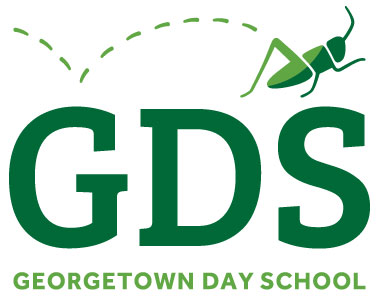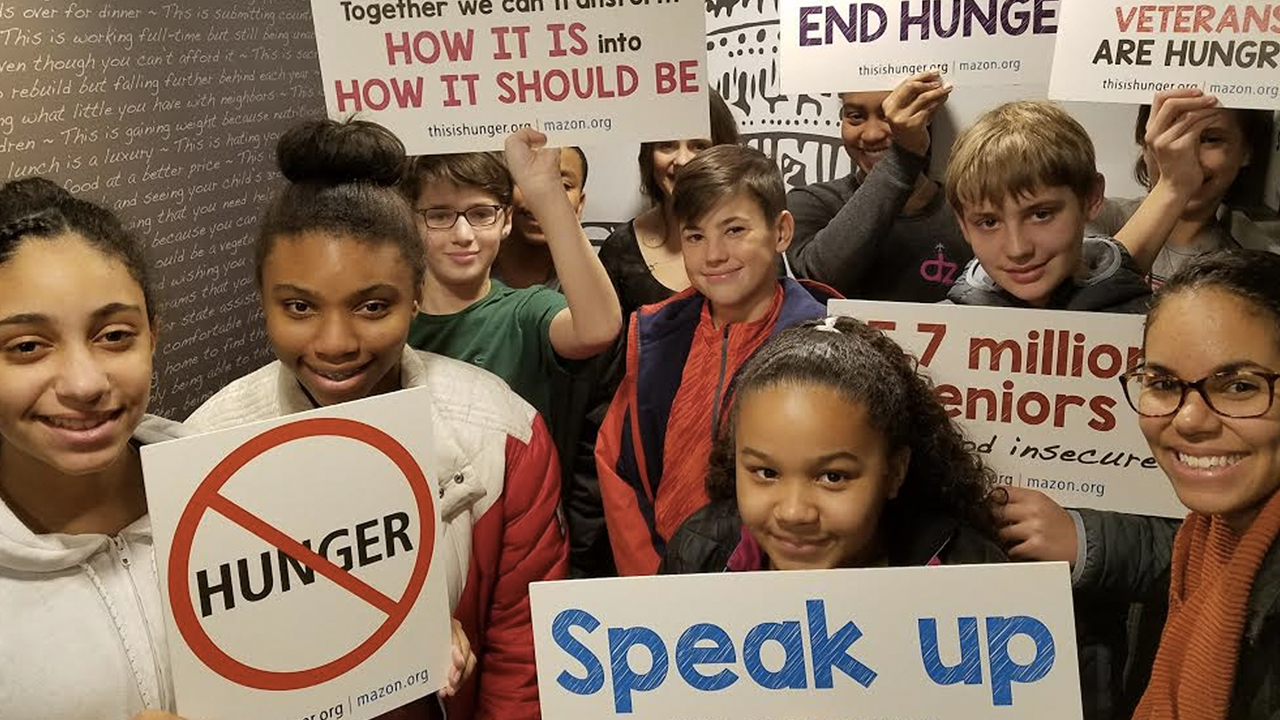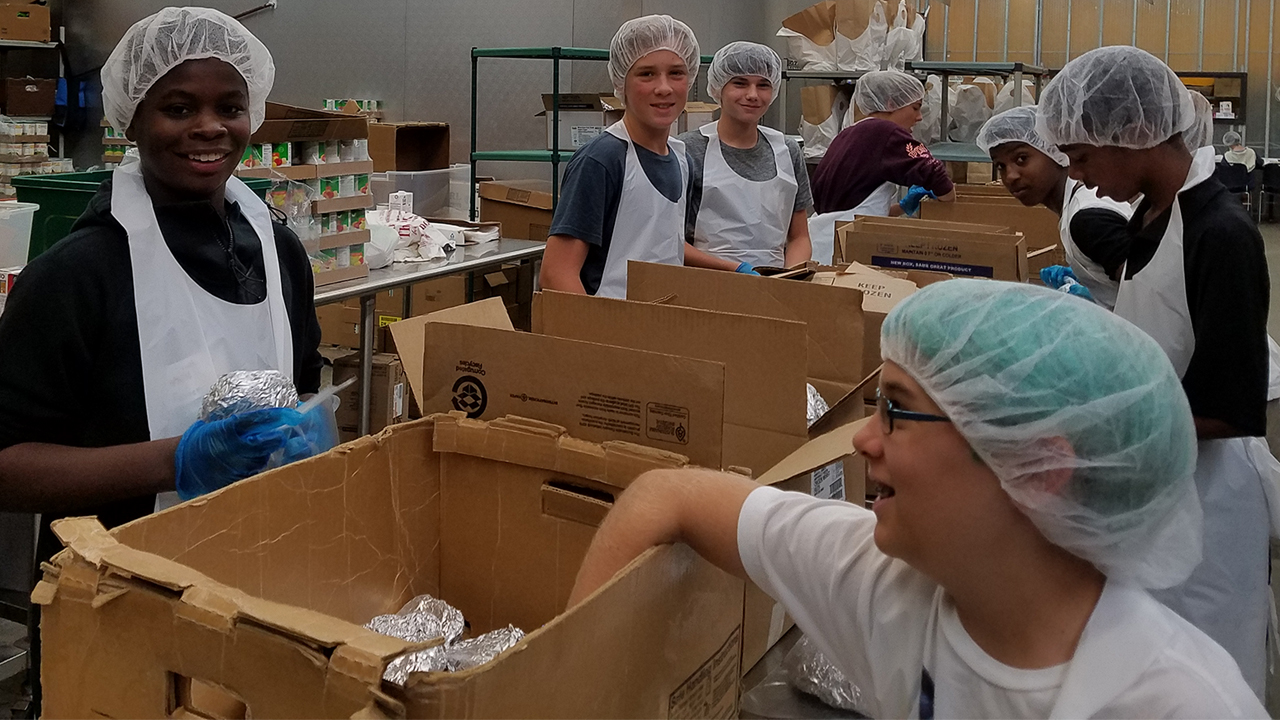As I was considering the best way to discuss the incredible and varied service-learning work our middle school students have been engaged in this year, I couldn’t help but think back to my time as a GDS middle-schooler.
Since I returned to GDS as a faculty member last March, several people have asked me what I remember most about my days in the LMS. After commenting about my initial amusement that my office is in the same hallway as my old 8th grade locker, I usually mention how service-learning trips and projects (then called community service) were among the strongest (and fondest) memories from my time as a student.
As a new 7th grader, community service gave me the opportunity to interact with my classmates in different ways and form relationships with others outside of our school community. I remember especially looking forward to the days when I would travel to Bancroft Elementary or Calvary Bilingual Multicultural Learning Center (now CentroNía) to work with the children and teachers in the early childhood development programs. At the time, I was mostly excited about leaving school and playing with adorable 3-, 4-, and 5-year- olds. Later, I realized how those experiences truly sparked my passion for working with young people and families from diverse backgrounds.
As I plan service-learning opportunities for today’s middle schoolers, I keep my own experiences in the back of my mind, realizing the potential impact a service-learning project can have on a student’s life.
The Middle School Service Learning Program is mission-driven, with a focus on the call to honor the integrity and worth of each individual and to foster strength of character and concern for others. The program provides a pathway for students to make GDS’s mission actionable. Through service learning, we hope that students will:
Develop relationships within our school and beyond to address authentic needs and collaborate on solutions;
Realize individual and collective agency in effecting positive social change;
and Engage in active social justice work and educate themselves on issues that affect us all.
For ten weeks throughout the school year, in lieu of morning classes, middle schoolers engage in service-learning projects related to education, nature and the environment, human services, and arts, culture, and innovation. These projects address a variety of issues, ranging from poverty to environmental conservation or animal welfare, from urban agriculture to early childhood development, and more.
Students directly impact communities by cooking food for residents at local shelters (Carpenter’s Shelter and Luther Place Night Shelter), helping older neighbors with their technology needs and yard work (Palisades Village), and working with students who learn and communicate in different ways (Kennedy Krieger). In the fall, students picked up sewing skills and created quilts that were shared with patients at a local hospital. Others learned (and continue to learn) about food systems through the expertise of guest speakers and by working in local kitchens, experiencing firsthand how organizations provide healthy, affordable food to communities.
Sixth grade students in the DC Boundary Stones group track and record the location and condition of the oldest federal monuments and seventh and eighth graders have worked on campaigns to raise awareness and funds for projects benefitting animals and ecosystems (City Dogs Rescue, Earth Force). The Anacostia Watershed Society group has worked on a variety of environmental conservation projects and launched a community education project.
During the winter season, our students have continued their work off-campus and in communities, but have also had more opportunities to think about ways to be of service within GDS’s own walls. Through rich dialogue sparked by guest speakers, faculty advisors, and peers, students have been exploring ways to raise awareness about issues that affect us all—locally and globally.
One of the best parts of my job is being able to get a taste for the variety of service-learning experiences our students are having. Whether I’m accompanying a group off-site or popping into one of our on-campus projects, I am reminded of what it’s like to be in our students’ shoes.
I hope that they are creating the kind of meaningful memories like those that I still treasure, and more importantly, that they are inspired to engage with communities beyond their own and consider how they can positively impact the world around them.



